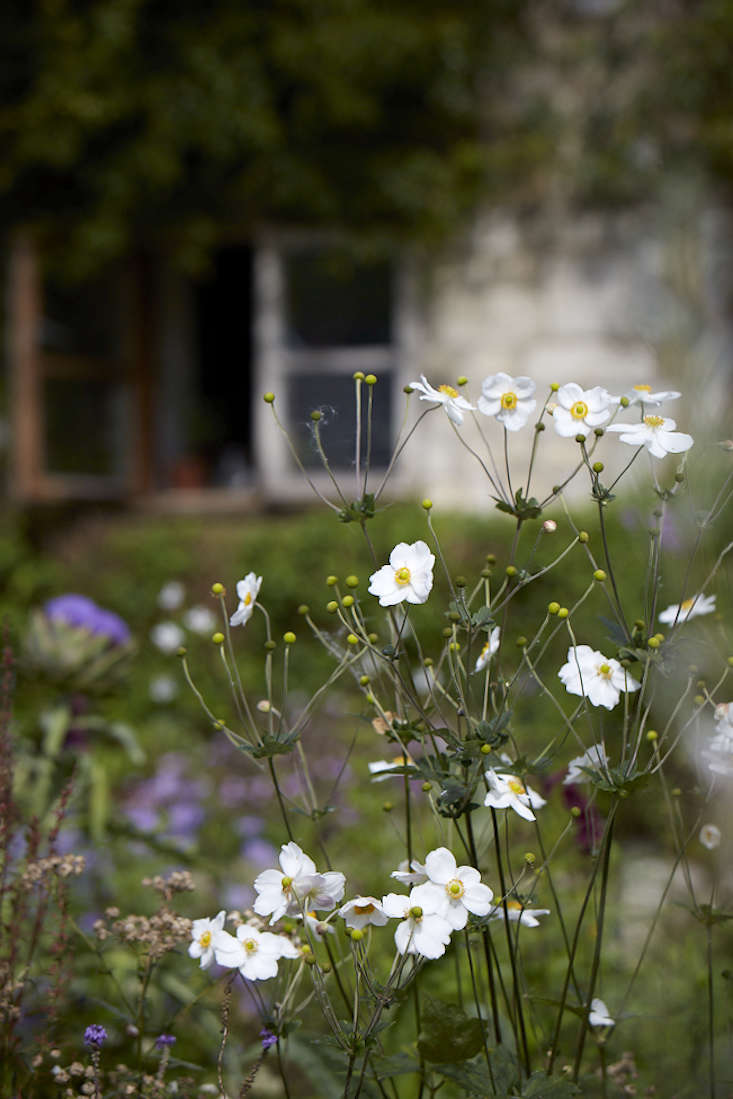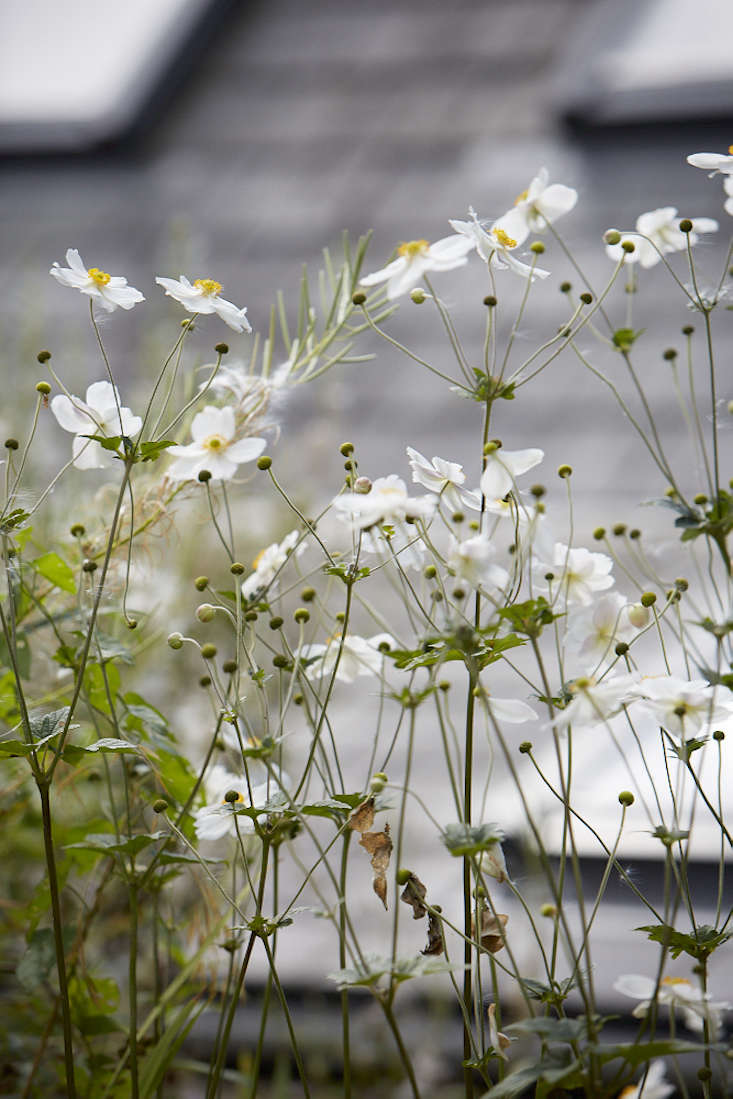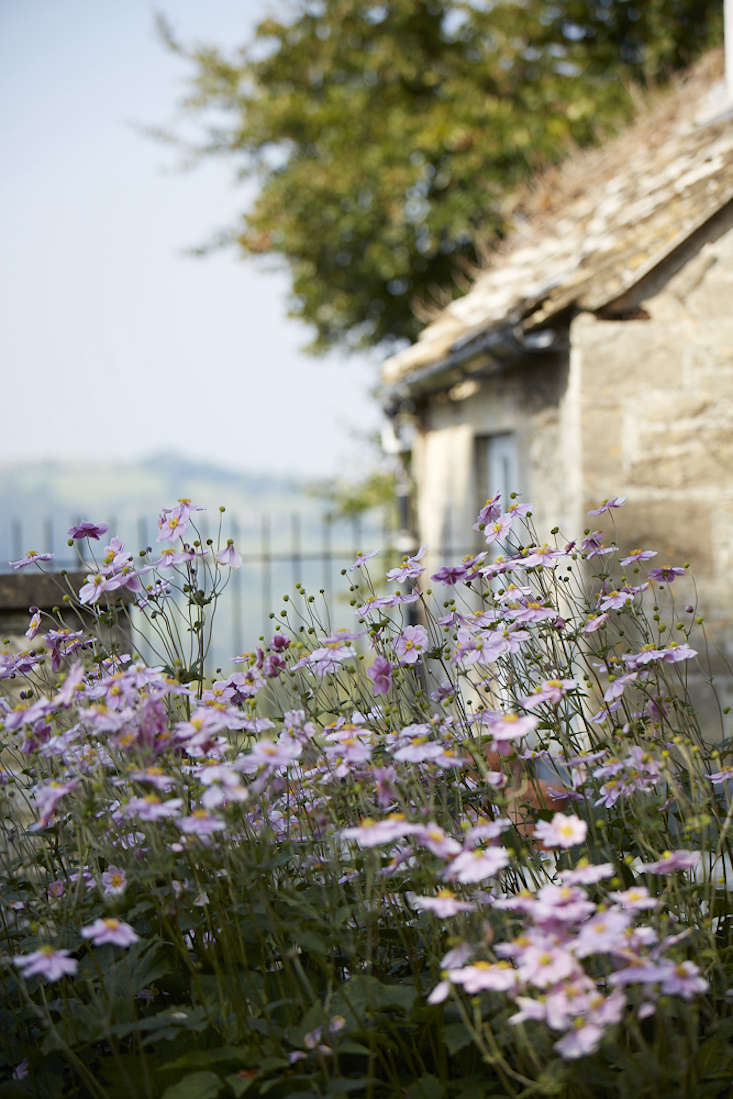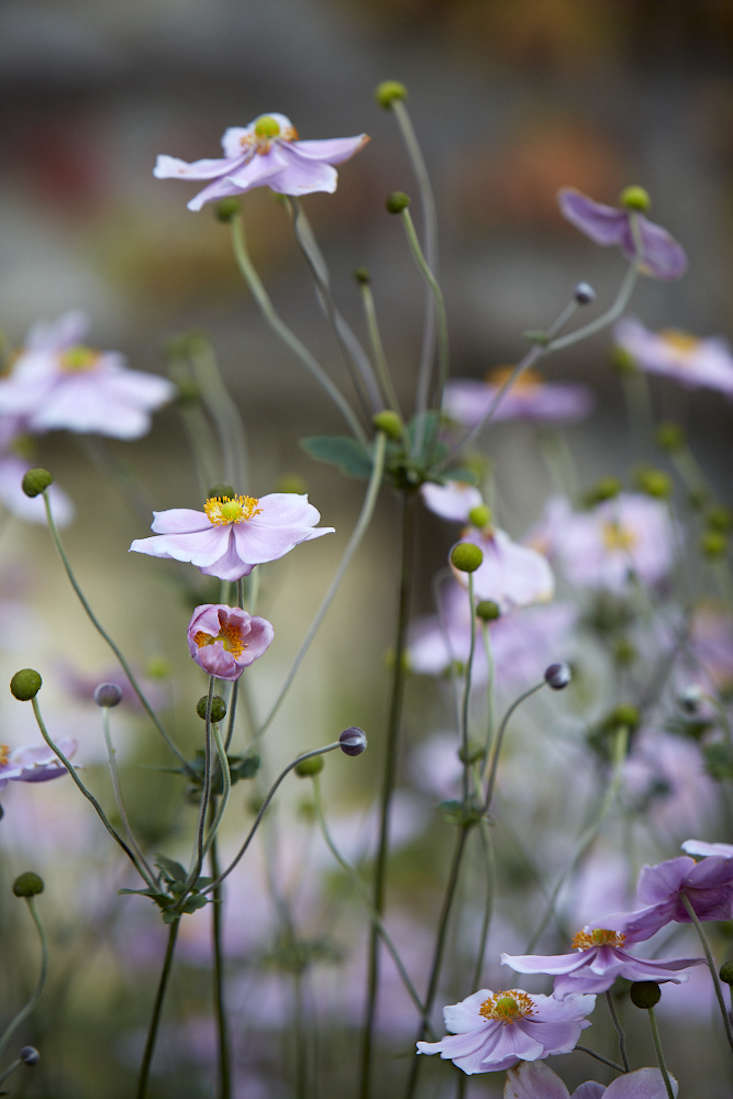Japanese Anemone, A. hupehensis: “Daughter of the Wind”
There’s a nondescript, partially shaded corner of my garden which is frankly rather dull until finally it comes into its own in September. That’s when the gorgeous Japanese anemone ‘Honorine Jobert’ produces its pearly buds as a subtle preview of the real show—white flowers bobbing delicately on tall wire-thin stems. What makes these flowers so outstanding is their brilliant centers, bright green seed heads surrounded by a thicket of orangey yellow stamens.
Surprisingly Japanese anemones aren’t Japanese at all. This corner of my garden is actually home to natives of China. Read on to hear the story of how they came to Brooklyn (and gardens in other countries):
Photography by Britt Willoughby Dyer for Gardenista.





Cheat Sheet
- Despite their delicate appearance Japanese anemones can be quite hard to eradicate, so it’s wise to consider carefully where you decide to plant them.
- The deep green foliage tends to appear later in the season than that of other perennials, so they are good companions for spring blooming bulbs.
- Japanese anemones look beautiful massed but they also work well with other fall bloomers such as goldenrod, asters and bugbane, and their dainty structure provides an excellent contrast to yuccas, hostas, ferns and ornamental grasses.
Keep It Alive
- Plant in early spring in zones 4 to 9 in well-draining soil that has plenty of organic matter such as compost added to it.
- A. hupehensis will grow in both sunny or semi-shady conditions, but morning sun in a hot climate is preferred to keep the leaves from being burned late in the day.
- This plant likes moisture so don’t let it dry out—but also make sure the drainage is adequate because making it spend the winter in water-logged soil can be fatal.



N.B.: For more of our favorite autumn bloomers, our Garden Design 101 guides can help:
- For colorful leaves, see Smoke Bush 101: A Field Guide to Planting, Care & Design.
- In need of a hardworking plant that can bloom in snow? Read our guide to Hellebore 101.
Finally, get more ideas on how to successfully plant, grow, and care for japanese anemone with our Japanese Anemone: A Field Guide.
Finally, get more ideas on how to plant, grow, and care for various perennial plants with our Perennials: A Field Guide.











Have a Question or Comment About This Post?
Join the conversation